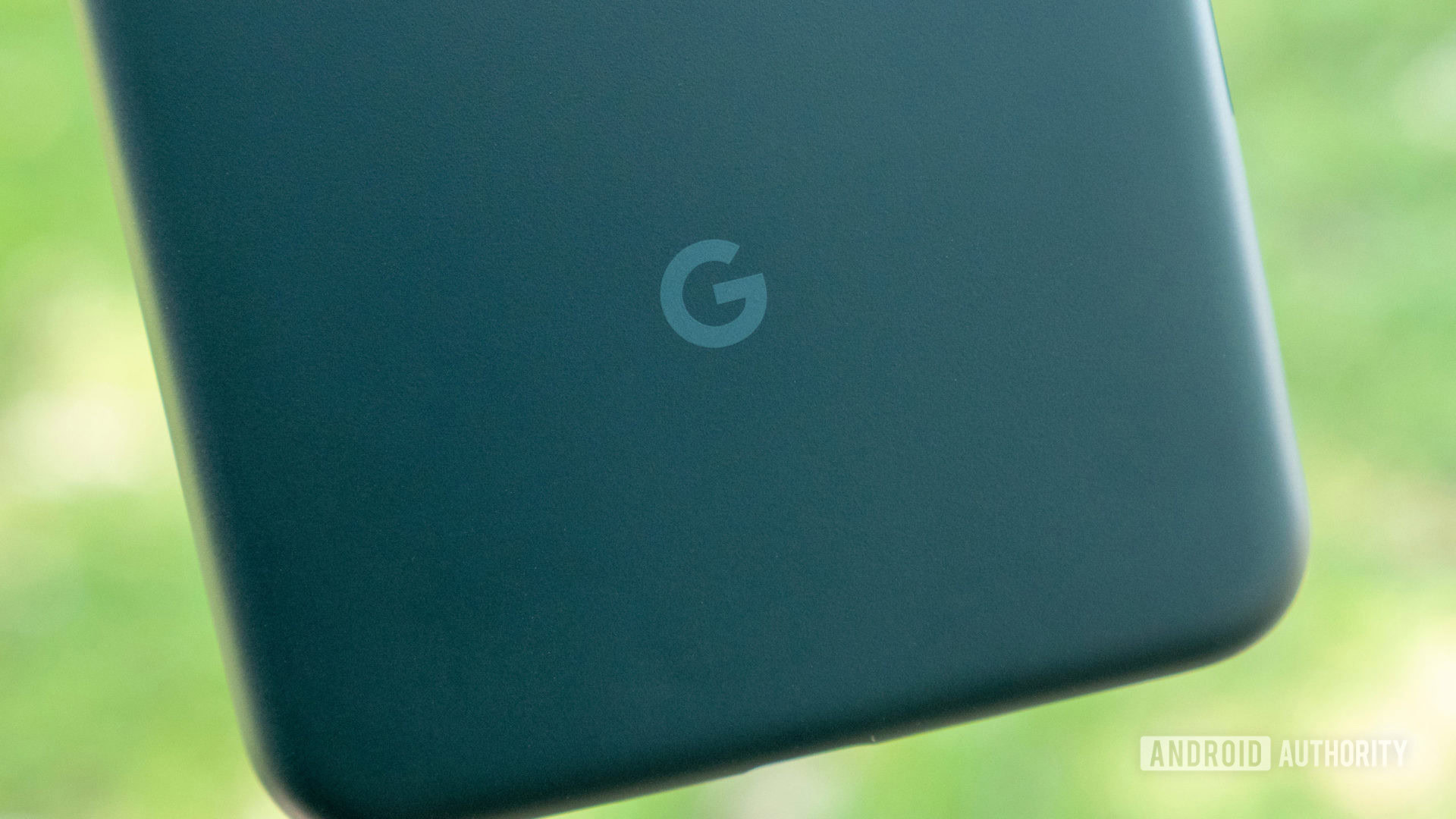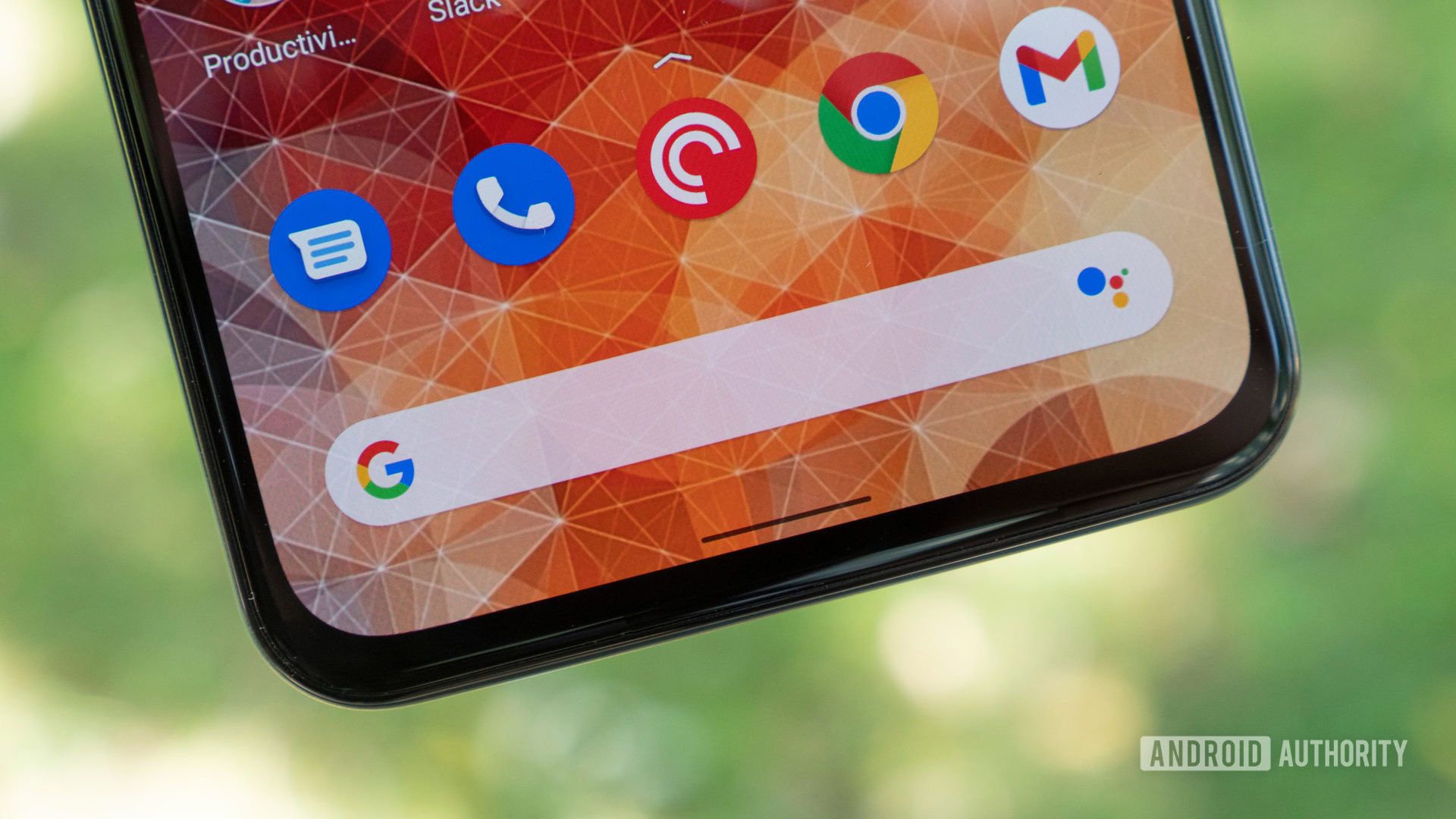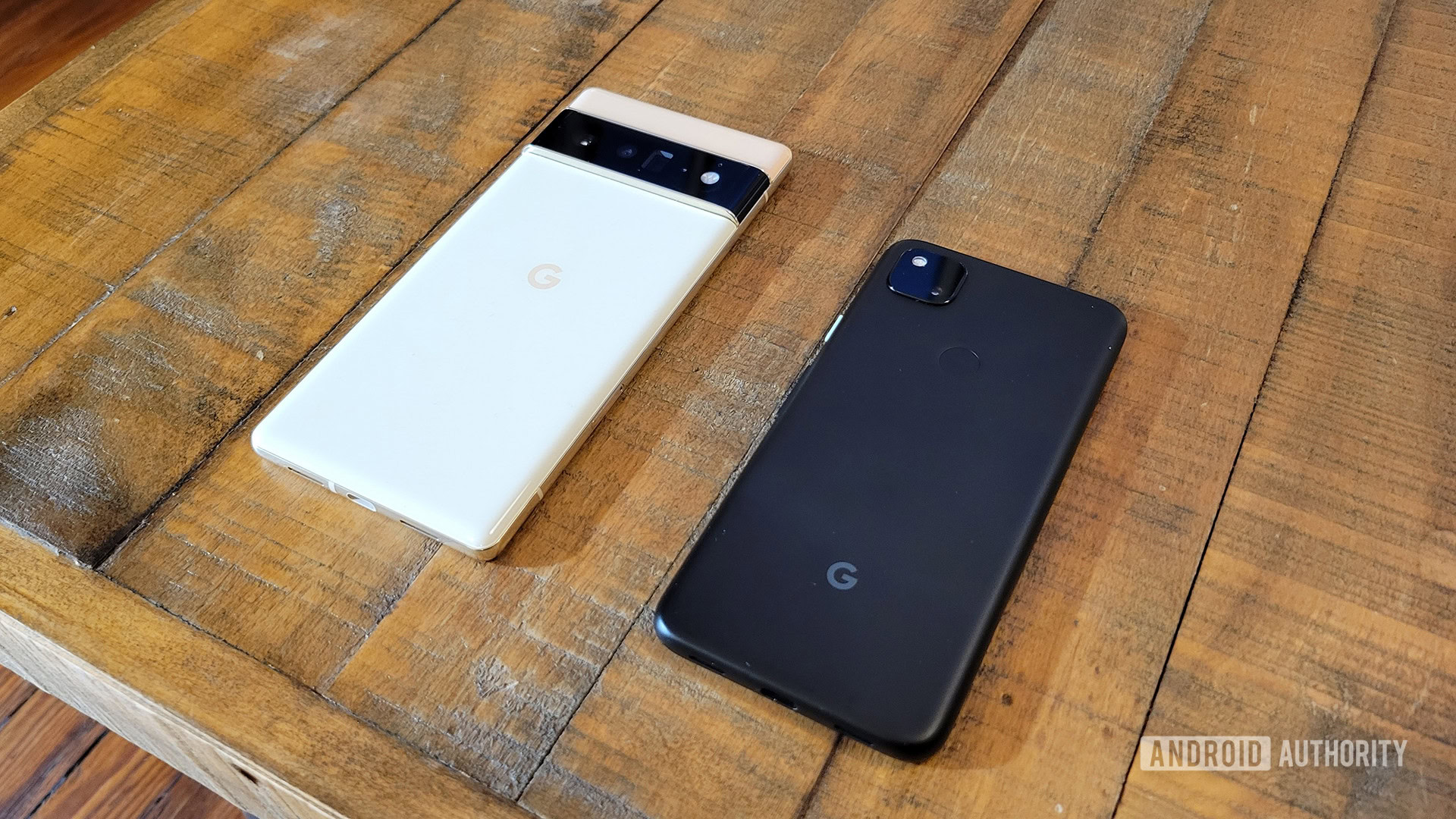Affiliate links on Android Authority may earn us a commission. Learn more.
Where's the cheap Pixel for the next billion people?
Published onJuly 10, 2022

We’re mere weeks away from the Pixel 6a, Google’s mid-range smartphone for 2022, landing in our hands. Unlike previous iterations, however, the Pixel 6a is no longer an easy recommendation for budget-conscious buyers. At a higher $449 price tag this year, there’s no denying that the Pixel 6a is neither great value nor terribly overpriced. That’s especially true when you compare it to some of its own predecessors like the Pixel 4a.
According to data from Statista, the average consumer spends around $300 on a new smartphone, with some markets like India recording an even lower average selling price of $200. Yet, Google now has nothing to offer in the sub-$400 price range. Keeping that in mind then, is it time for Google to consider releasing a smartphone that’s more squarely aimed at the masses?
Why an affordable Google Pixel makes sense in 2022

For years, Google has been tracking the next billion smartphone users, with an emphasis on emerging markets like Nigeria, Indonesia, and Mexico. While the company’s software development philosophy clearly aligns with this goal of delivering technological inclusion, the hardware effort hasn’t kept up.
The company has slowly drifted away from making affordable, feature-rich smartphones, even though it once championed the category. The Pixel 4a debuted at just $349 — a far more palatable price point than the $449 and $499 price tags we’ve come to expect these days. And lest we forget, the original Moto G launched at an extremely compelling $179 price point under Google’s ownership of Motorola Mobility.
The Moto G was an instant hit in 2013 — not just in North America and Europe, but also in developing nations like India and Brazil where savvy shoppers were starved for a lean and fast Android experience at an affordable price tag.
From the original Moto G to the Pixel 4a, Google has found plenty of success in the budget smartphone market.
Admittedly, budget smartphones in the $200 to $300 price range have improved leaps and bounds since then — just look at the Redmi Note 11 as an example. Still, I’d argue that there’s still plenty of potential for an entry-level Google smartphone. Even in this price bracket, many shoppers demand a no-frills software experience and solid imaging. And while the former was once serviced by the Android One program, it hasn’t seen any new releases in well over two years now.
In the meantime, we’ve seen Chinese manufacturers like Xiaomi, OnePlus, and realme run away with the entry-level and mid-range markets. However, these smartphones often come up short in terms of camera performance, software experience, update commitment, or some combination of the three.
Google, on the other hand, has managed to craft a bespoke Pixel experience centered around these very aspects. The company has also proved that its computational photography prowess can produce top-notch results even with relatively modest hardware. Coupled with a long update commitment similar to the one offered on existing Google hardware, it stands to reason that the company could easily disrupt the entry-level market with a budget Pixel.
What would a budget Pixel look like?

Let’s assume for a second that Google is willing to launch a cheaper, entry-level Pixel. What would such a device look like? That’s a somewhat tricky question — the Pixel 6a already loses a few features compared to the regular Pixel 6. Having said that, the former still offers plenty of cutting-edge specifications that don’t have to be present on a sub-$300 device.
Consider the Google Tensor, which is the company’s first custom, high-end SoC. Its inclusion in the Pixel 6 has enabled unique software features like real-time translation, instantaneous text-to-speech, and offline image recognition. However, it’s also quite a bit more powerful than what most users need out of their smartphones.
An entry-level Pixel could forgo the Tensor chip in favor of a more modest mid-range SoC, similar to the $349 Pixel 3a’s Snapdragon 670. There’s no doubt that this downgrade alone would significantly lower per-unit manufacturing costs and, by extension, the smartphone’s retail price. Not to mention, there are plenty of other places Google could cut corners too, without impacting the overall user experience.
A budget Pixel would have to drop the flagship-grade Google Tensor in favor of a more modest SoC.
Google could also opt to reuse the design from the Pixel 4a and 5a. The move would eliminate tooling costs and stretch a tried-and-tested form factor for a few years longer. This design would also retain the rear-mounted fingerprint sensor, a smaller display, and the previous-gen Pixel camera system. Many of these older mass-manufactured parts have likely nosedived in value due to their age. After all, Apple has found decent success following a similar hand-me-down strategy with the iPhone SE.
Of course, it’s not all smooth sailing. Google hasn’t managed to secure global distribution for its mainstream Pixel devices so far. And while the Pixel 6a will be more widely available, the list is still only 13 countries long. Still, budget smartphones are usually sold unlocked, making distribution less carrier-dependant and a little easier in most regions. That said, only Google can determine the viability of a truly global launch.
Do you think a budget Pixel makes sense in 2022?
For over a decade, Google’s smartphone strategy has straddled the line between premium and mid-range. With the Pixel 6 series, the company has finally found itself firmly planted in both markets. Is it finally time to round off the portfolio with a budget Pixel designed for the masses?